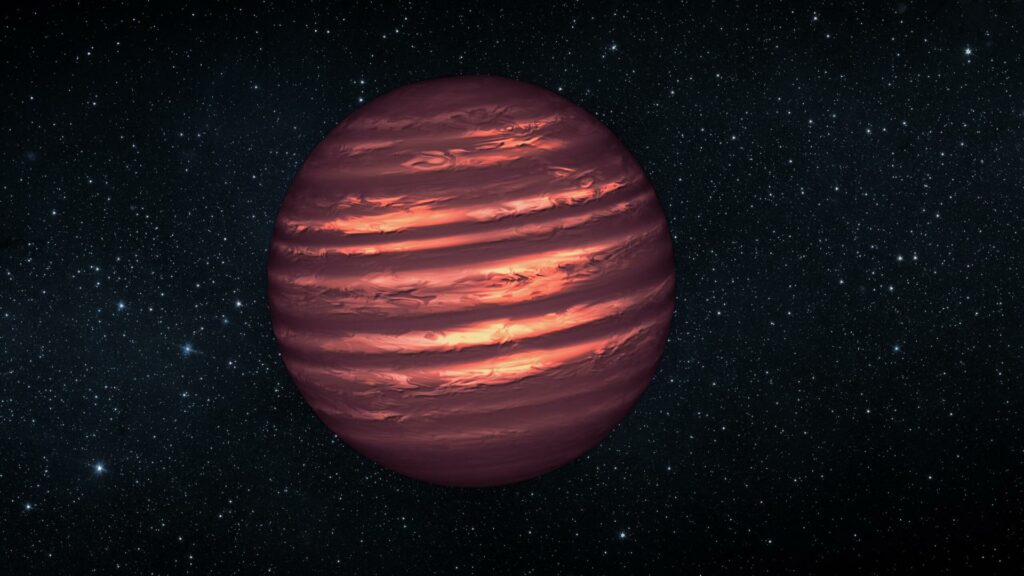A team of European astronomers has announced the discovery of four previously unknown brown dwarfs. They were found thanks to data collected by ESO’s Very Large Telescope.
What is a brown dwarf
Brown dwarfs are objects whose masses range from 13 to 80 Jupiter masses. They occupy an intermediate position between giant planets and stars. On the one hand, their mass is not enough for permanent fusion reactions based on hydrogen atoms to “start” in their bowels (because of this, they are also called failed stars). On the other hand, unlike planets, some reactions involving deuterium and lithium nuclei can still occur inside brown dwarfs. But by astronomical standards, they do not last very long.

Despite the fact that brown dwarfs emit very little energy compared to ordinary stars, astronomers have managed to identify quite a few such objects to date. However, their findings in star systems are still rare. All the more interesting is the recent discovery made by a team of European astronomers. They managed to find four previously unknown brown dwarfs at once, which are stellar companions.
Four new brown dwarfs
The discovery was made during the review of COPAINS (Code for Orbital Parametrization of Astrometrically Inferred New Systems). Astronomers have selected 25 stars showing significant differences in their motion between different astrometric catalogs. Next, they examined them using the SPHERE instrument installed on the ESO’s Very Large Telescope.

In total, the researchers managed to find ten previously unknown stellar companions. Six are luminaries, four are brown dwarfs. They received the designation HIP 21152 B, HIP 29724 B, HD 60584 B and HIP 63734 B.
All newly found brown dwarfs revolve around young luminaries whose age does not exceed a billion years. Their masses range from 0.012 to 0.063 solar masses, orbits pass at a distance of 6.3 to 30 au from their parent stars.
According to the researchers, they have high hopes for the new release of Gaia Observatory data scheduled for June 2022. Their method will allow us to find even more brown dwarfs.
According to https://phys.org
Follow us on Twitter to get the most interesting space news in time
https://twitter.com/ust_magazine
